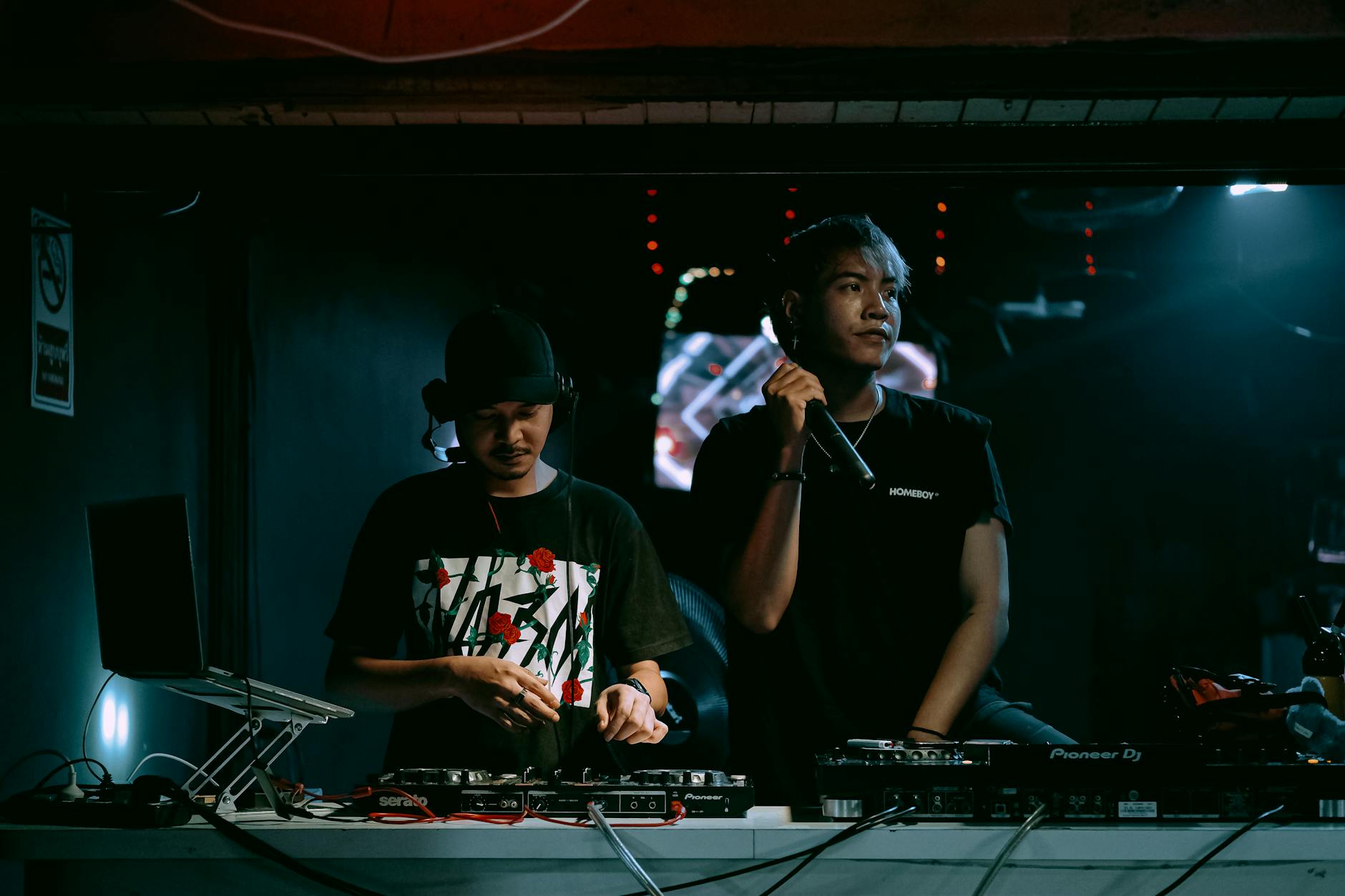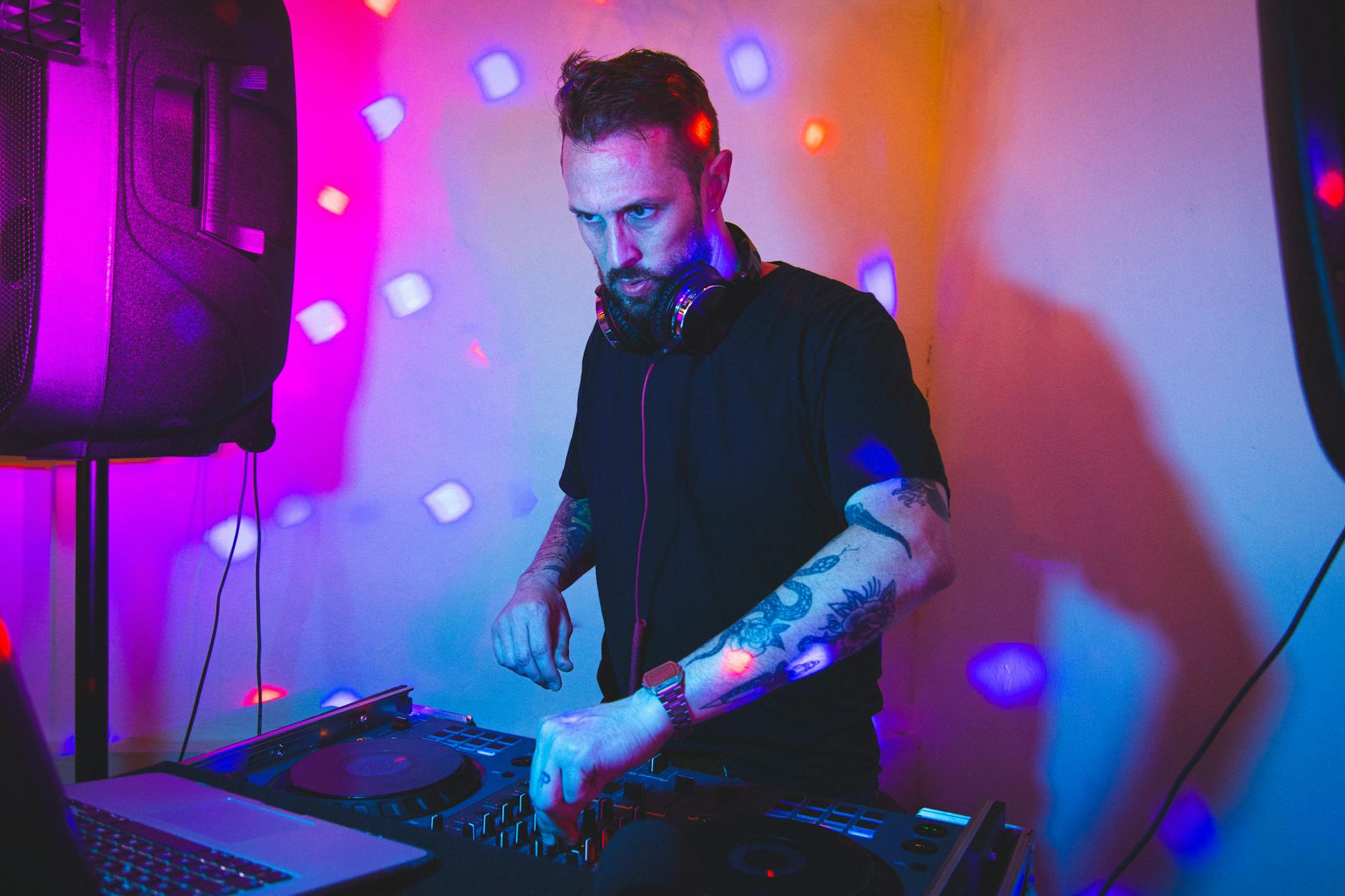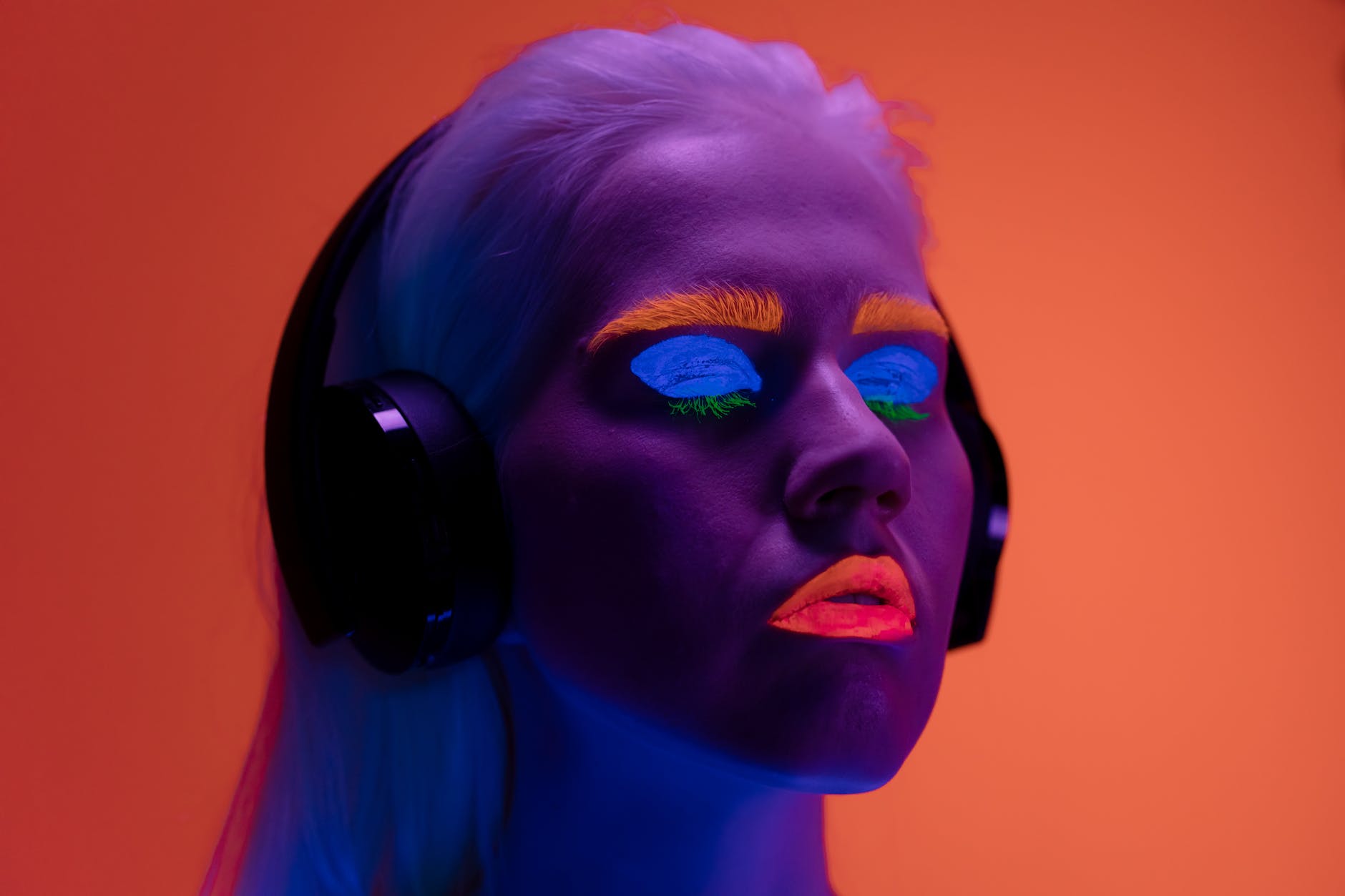Since time immemorial, music and sound have served as mediums for cultural expression and spiritual exploration. In the mid-20th century, a new dimension was added to this complex equation – psychedelics. The notorious psychedelics, such as LSD and psilocybin mushrooms, spun a profound influence on music. This article delves into the hypnotic world of psychedelic music and its astonishing impact on sonic exploration and soundscapes in the global music arena.
Psychedelics bridge the realms of the conscious and the subconscious, taking one into altered states of consciousness that radically amplify mental stimulation and creativity. This profound interaction between psychedelics and mental processes formed a cornerstone for musical creativity. It paved the way for artists to venture into novel, unconventional sound realms and gave birth to the genre known as psychedelic rock.
The 1960s saw an explosion of this genre, with bands like The Beatles, The Doors, and Pink Floyd weaving psychedelia into their soundscapes. It was an era of revolutionary themes and innovative audio techniques- marked by extensive improvisation, complex instrumentals, and exotic sounds that mirrored the psychedelic experience. Painted with a rich tapestry of diverse musical influences, psychedelic rock invited audiences into a vividly surreal, sonic journey, catalyzing a cultural shift in music.
The ripples of this trend also resonated in electronic music. One can see the psychedelic influence prominent in sub-genres like psytrance and ambient. Artists used synthesizers and digital technology to create immersive soundscapes designed to complement and stimulate psychedelic experiences. Festivals like Burning Man and Boom became epicenters for this psychedelic-electronic fusion, bringing together a community of music enthusiasts in the shared ecstatic state of sonic exploration.
Music festivals, in fact, became crucial platforms showcasing the interweaving of psychedelics with music. Iconic festivals such as Woodstock ’69 and Monterey Pop Festival served as crucibles for the psychedelic culture, where performances transgressed the conventional boundaries, creating an atmosphere both stimulating and transcendental.
The impact of psychedelics is not merely restricted to musical creativity but pervasively extends to the therapeutic domain. Clinical research suggests the potential of music under the influence of psychedelics as a tool for psychological healing. Multiple studies showed a significant correlation between the therapeutic potential of psychedelics and the sonic environment in which they are consumed. Therefore, custom-designed playlists are now an integral part of psychedelic therapy sessions, catalyzing the healing process.
But the psychedelic impact on music isn’t exclusively a relic of the past; it continues to influence various artists and genres today. Modern musicians, like Tame Impala or Flying Lotus, infuse psychedelic elements into their work, demonstrating the encompassing relevance of psychedelia in music. Likewise, electronic producers innovate psychedelic soundscapes that continue to shape the scene at music festivals worldwide.
In conclusion, psychedelics have not just altered our perception but have also profoundly impacted our sonic experiences. They have been instrumental in expanding the horizons of musical creativity, diversifying genres, shaping cultural narratives, and echoing in the therapeutic potential of music. Psychedelics, in essence, have served not only as an axis revolving around altered consciousness but also as a vibrant spectrum that continues to paint our sonic universe in vibrant hues of exploration and creativity.
From enhancing the listener’s experience to influencing a musician’s creativity, the impact of psychedelics on music and sound endures, underlining the fact that the marriage of music and psychedelics is harmonic, profound, and, above all, revolutionary.









